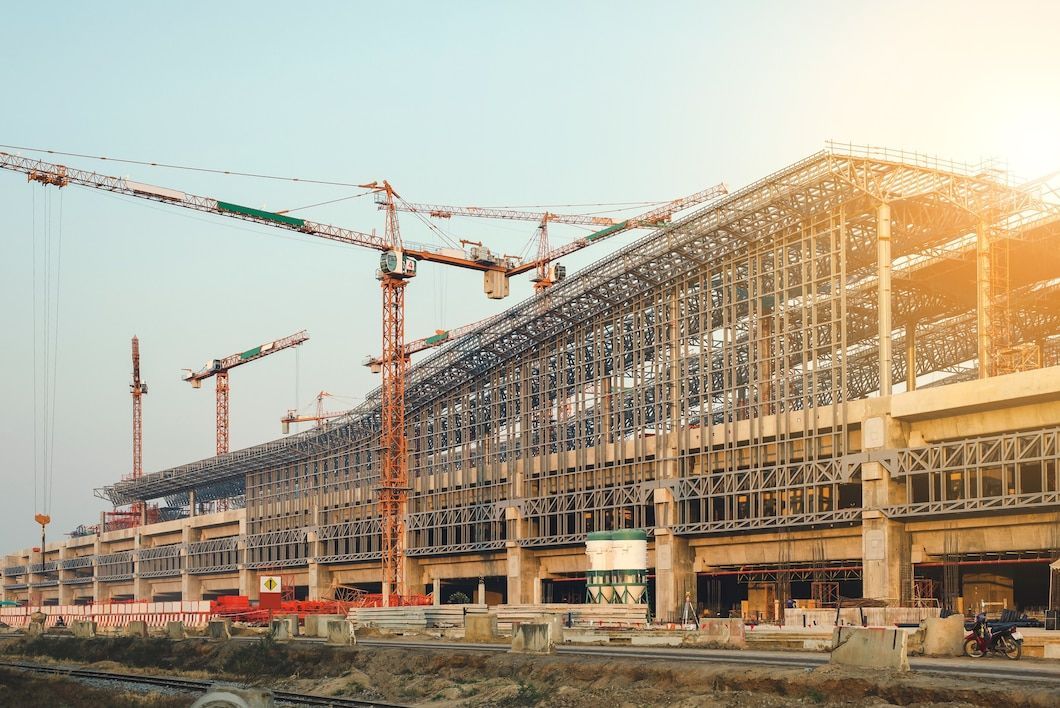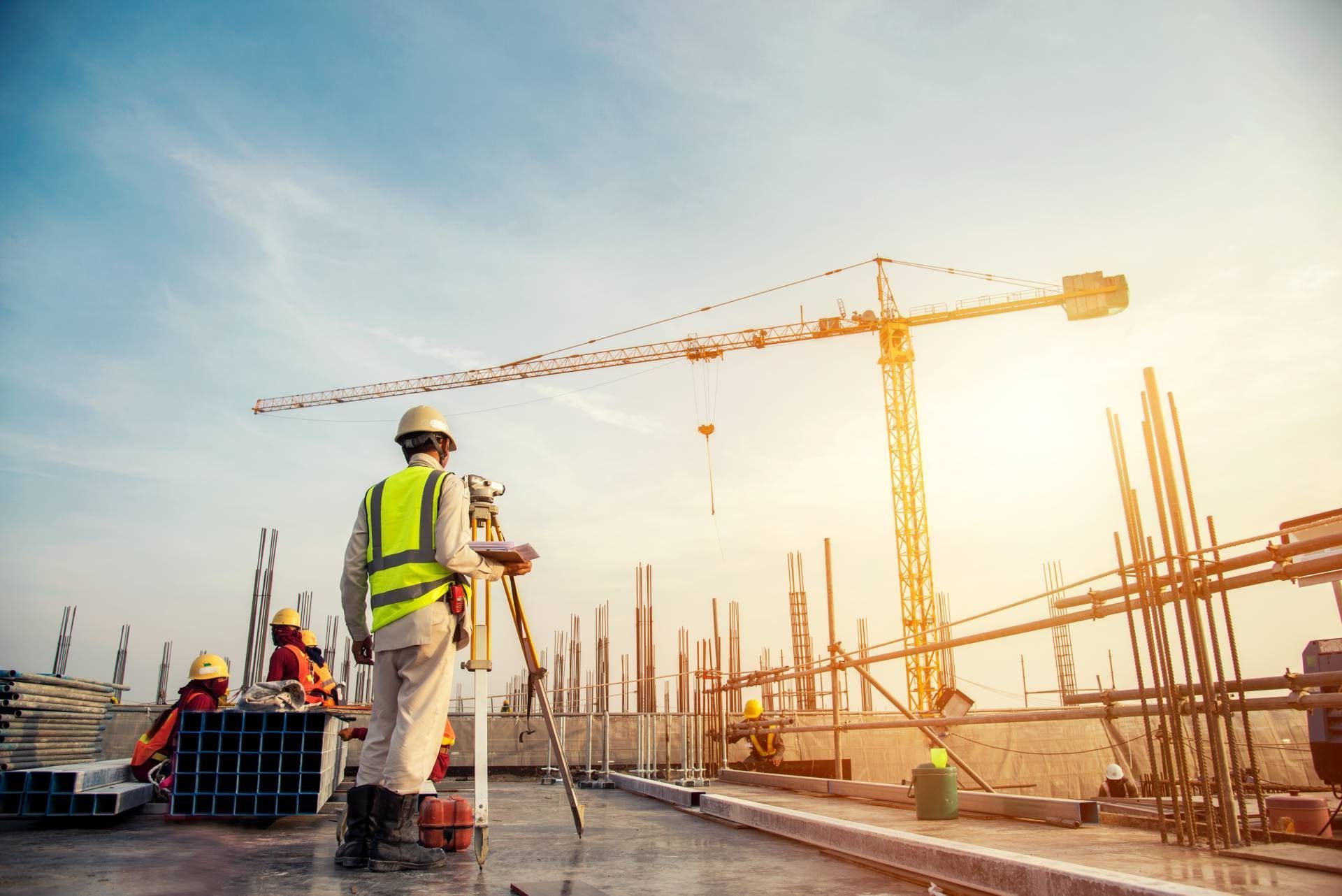Prefab vs Traditional Building Showdown: Old-School vs. Modern Techniques

At D&S Construction, we’ve been in the game long enough to see how the construction landscape has changed. One of the biggest shifts we’ve seen in recent years is the rise of prefabricated construction and with that, a growing question from clients across Livermore and the Bay Area:
Should We Go with Prefab or Stick to Traditional Building Methods?
The answer isn’t always simple. Both approaches have their place. In this article, we’ll walk you through the real pros and cons of prefab vs. traditional construction, based on what we’ve seen on the ground. Whether you’re a developer planning a multifamily build or an architect working on a high-end commercial project, this breakdown will help you make the right call for your next job.
What Is Prefabricated Construction?
Prefabricated construction (or prefab) means building parts of the structure off-site, usually in a controlled environment like a factory or warehouse. Those components, walls, floors, roof panels, even entire rooms are then shipped to the jobsite and assembled.
Common prefab examples:
- Modular housing units
- Precast concrete walls
- Panelised framing systems
- Mechanical or plumbing assemblies pre-built off-site
Prefab has moved way beyond low-cost housing; it's now used in hotels, schools, apartments, and commercial buildings.
What Is Traditional (Stick-Built) Construction?
Traditional, or stick-built, construction means building the structure entirely on-site from the ground up. Every part of the project from foundation to framing to finishes is done with labor and materials brought to the site in real time.
Most custom homes, commercial spaces, and renovation projects still follow this method. It’s familiar, flexible, and trusted.
Head-to-Head: Comparing Prefab and Traditional
We work with both approaches, and each has its strengths depending on the project’s goals, site conditions, and timeline.
Let’s look at how they stack up.
Speed of Construction
Prefab Is Faster.
Because factory work happens off-site while your site is being prepped, prefab projects can cut weeks or even months off the total schedule. When the components arrive, they’re installed quickly with less downtime and fewer weather delays.
Traditional construction happens in sequence, which means one task must finish before the next starts. That makes it more vulnerable to weather issues, inspection delays, and other jobsite disruptions.
Bottom line: If speed is your priority, prefab gives you a serious advantage.
Cost Considerations
This One Depends on The Type of Project.
Prefab can reduce labor costs, speed up the build, and minimise waste. That’s great for large-scale or repetitive projects. However, you’ll need to factor in:
- Transportation and crane costs
- Upfront design coordination
- Limited flexibility once fabrication starts
Traditional construction gives you flexibility, but labor and materials can add up especially with Bay Area pricing. Change orders and longer schedules can inflate your budget if the project isn’t tightly managed.
Our take:
Prefab is usually more cost-effective on standardised or volume builds. Traditional can be more economical for smaller or custom work.
Quality and Consistency
Prefab Offers More Consistency.
Factory environments mean better control over quality, tighter tolerances, and protection from weather. You get a clean, repeatable result.
Traditional methods allow for craftsmanship and flexibility, but they rely heavily on crew skill and site conditions. That can lead to variation in finish quality or execution.
Our view: Prefab wins on consistency. Traditional wins when you need high-detail, hands-on construction.
Design Flexibility
Traditional Wins This Round.
With stick-built construction, you can adapt along the way. Change the wall location. Upgrade finishes. Add a skylight. It’s all possible without massive disruption.
Prefab is more rigid. Once components are fabricated, changes are expensive or not feasible. If your client tends to change their mind, stick-built is the safer choice.
Labour and Workforce Demands
Prefab Helps Offset Labor Shortages.
Bay Area construction is facing serious trade shortages. Prefab reduces your on-site labor requirements, which can help you stay on schedule even when trades are spread thin.
Traditional projects require more workers on-site over longer durations, which can create bottlenecks or overtime costs.
In short: If labor is a concern, prefab can ease the burden.
Site Constraints and Logistics
Prefab Is Ideal for Tight Sites.
Limited laydown space, tricky access, or busy downtown sites? Prefab reduces material deliveries and crew traffic. You can get components delivered just in time and install them quickly.
Traditional construction works well on open sites where space isn’t an issue and sequencing can be adjusted as needed.
Our insight: If your site is constrained like many Livermore infill lots consider prefab for walls, stairs, or MEP systems to reduce congestion.
When We Recommend Prefab
At D&S Construction, we often suggest prefab when:
- The design is standardised and doesn’t change often
- Speed to market is critical (think multifamily or retail fit-outs)
- Labor availability is limited
- The jobsite is constrained or remote
When We Recommend Traditional
Traditional construction is still our go-to when:
- The design is custom or evolving
- On-site craftsmanship is important
- Budget requires phased work
- The site allows full staging and crew access
What About Hybrid Approaches?
More and more, we’re seeing hybrid builds that mix the best of both worlds. Examples:
- Prefab wall and floor panels, but traditional interior framing
- Precast stair cores with stick-built envelopes
- Modular bathrooms installed into site-built structures
This approach allows for schedule gains and cost control while keeping flexibility where it’s needed most.
Real-World Example from Livermore
One recent project we supported involved a 12-unit apartment building just off First Street. The developer was on a tight schedule and wanted to reduce on-site construction noise. We helped coordinate the use of prefab wall panels and MEP racks. The result? The project shaved 6 weeks off the timeline and passed inspections with zero major rework.
Final Thoughts: Choose What’s Right for Your Build
Prefab and traditional construction both have their place. The best choice depends on your priorities, budget, schedule, site, and design flexibility.
At D&S Construction, we don’t push one method over the other. We look at your project holistically and help you plan smarter so you can build smarter.
Let’s Talk Strategy for Your Next Project
If you’re planning a project in Livermore or anywhere in the Bay Area, and you’re wondering whether prefab is the right move, let’s talk. We’ll help you weigh the pros and cons, avoid costly mistakes, and design a preconstruction strategy that sets you up for success.
Search





